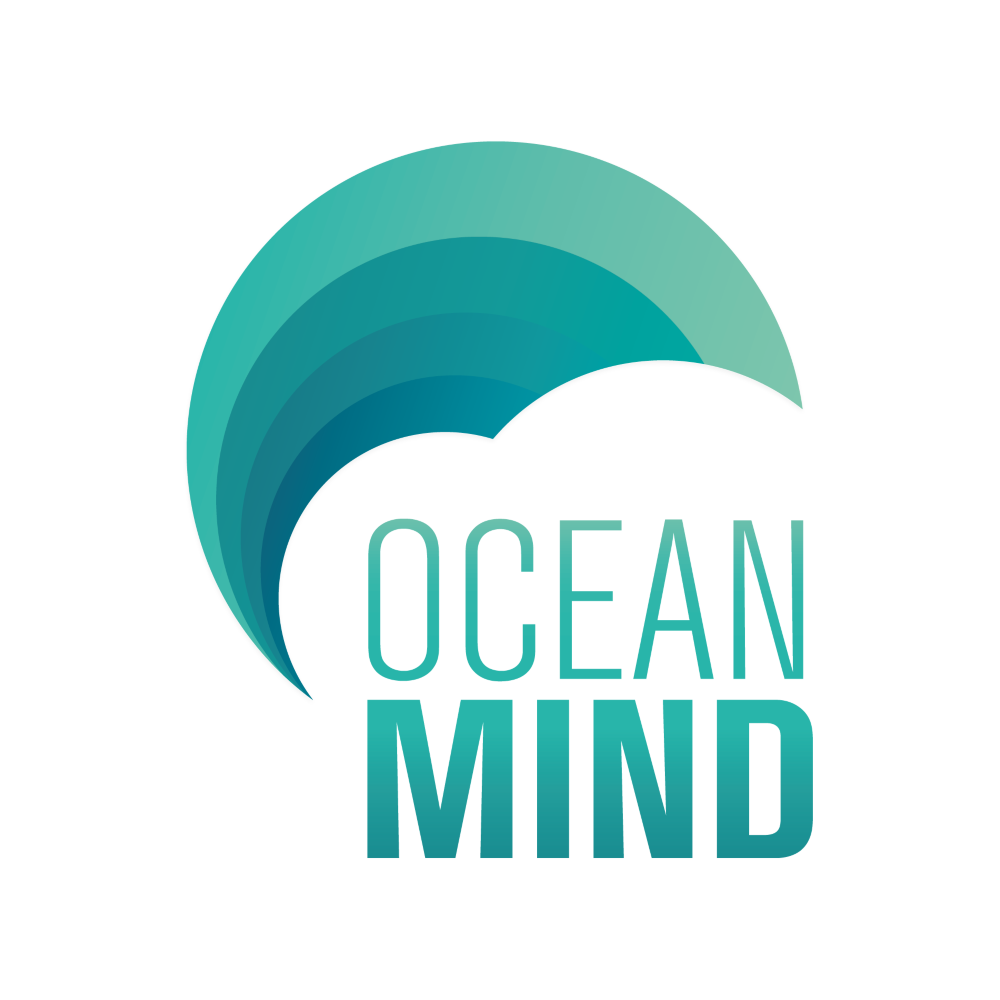How enforcement and compliance with regulations protects our oceans
98% of the world’s oceans are covered by regulations designed to protect it; enforcing these regulations is the key to preserving them for our future.
The oceans are home to some of the most diverse ecosystems on Earth and our survival depends on their ability to thrive. The oceans are also wild, vast, and remote, making protecting those species a challenge for humans to undertake alone.
One of the ways we can ensure the long-term conservation and protection of the ocean is to establish marine protected areas, but the solution may not be solely in the creation of new reserves. It can also be found in enforcing the regulations that already exist.
Marine protected areas are clearly defined geographical areas designed to limit human activity on the ocean to enable preservation of the marine environment for several reasons, including safeguarding biodiversity, species protection, and the protection of economic resources. There are almost 15,000 Marine Protected Areas around the world, with 72% of the global protected area consisting of just 36 large protected areas. Many small island nations are tasked with enforcing regulations across vast marine protected areas with limited human capacity and financial resources. This is where satellite-enabled remote sensing can support the protection of these vast ecosystems.
Underwater photograph of fish in Ascension Island. Photo credit: UK Blue Belt Programme
At any one time there are many thousands of satellites in orbit around the Earth that provide us with information about our environment, including human activity on the oceans that goes beyond our visual line of sight.
Vessel monitoring systems and automatic identification systems transmit signals through a vessel’s onboard transceiver that are received by satellites. This data can be used to identify vessels and map their course, position, and speed, enabling enforcement authorities and expert analysts to build a picture of the vessel’s suspected activities and take appropriate action such as further investigation.
However, these systems cannot be solely relied upon to identify all instances of potentially destructive human activity at sea. These systems can be tampered with, so they transmit false identification or location information, or even switched off completely turning a vessel ‘dark’. Synthetic Aperture Radar and Electro-Optical satellites create images of vessels at sea that can be correlated against vessel tracking data. If a vessel appears on an image but there is no corresponding AIS or VMS tracking data at that time, it is a likely indicator of a ‘dark vessel’ which may be operating illegally or carrying out unreported or unregulated activity. Intelligence about this vessel’s potential activities can be sent to the authorities who are then empowered to investigate further.
Collecting and processing remote sensing data over millions of square kilometres of ocean to enable the protection of large scale marine protected areas is an impossible task for humans to undertake alone. With support from cloud computing artificial intelligence and machine learning algorithms, OceanMind can collate large amounts of data to accurately detect activities that might require further investigation by enforcement authorities within a matter of hours.
Investigation of suspected activity cannot happen without the support of expert analysts who have been trained to look for the patterns identified by the machine learning algorithms and produce risk assessments to help the authorities focus their efforts and resources.
Many of the UK Overseas Territories that are responsible for protecting the UK Blue Belt may only have a single patrol vessel available to them to carry out enforcement across these large protected areas. OceanMind’s expert analysts can both help to identify the biggest risks in terms of vessel activity and efficiently direct patrol assets, as well as continuing to monitor ongoing activity by other vessels across the marine protected area while the patrol vessel is investigating.
The OceanMind solution makes the invisible, visible, and the unknown, known.
To ensure that the systems in place are effective and sustainable for the long-term protection of marine protected areas, capacity development and training are an integral part of the support that is needed to ensure effective enforcement and compliance with marine protection regulations.
It is vitally important that any system or analysis method adopted by enforcement authorities is tailored to meet the individual needs and requirements for protecting the identified area. Every marine protected area around the world has different rules regarding the management and protection of the habitat and species that reside or transit through that area. This adds an additional layer of complexity that requires both expert and local knowledge to interpret and develop strategies for preventing potential IUU fishing or environmental pollution incidents.
Combining satellite-enabled technology with big data processing, expert analysis and capacity development is the key to enforcing the marine protection regulations that cover large scale protected areas and ensuring a healthy future for us all.
A clownfish in coral. Photo credit: UK Blue Belt Programme
Over the past four years alone, OceanMind’s analysts have monitored over 460 million square kilometres of satellite radar imagery covering ocean across seven overseas territories as part of our work supporting the UK Blue Belt programme. We have provided more than 175 days of real-time support for patrol vessels, enabling targeted investigations of suspected illegal activity in marine protected areas. We have further supported the UK Government’s Marine Management Organisation in developing the skills and capacity required to analyse remote-sensing data and take action to protect our ocean.
Contact us to find out more and work with us.


